Last updated on September 28th, 2023 at 12:14 pm
The Powertrain Control Module (PCM) plays a critical role in a 2001 Dodge RAM Truck Pick-up, managing and coordinating the operation of the engine and transmission for optimal performance. A malfunctioning PCM can lead to significant issues, affecting the truck’s fuel efficiency, emission control, and overall performance. Therefore, proper replacement of the PCM is not merely a matter of maintenance, but a requisite for the smooth and efficient operation of your vehicle.
II. Precautions Before Removal
Before commencing the removal of the Powertrain Control Module (PCM), there are vital precautions to observe for safety and to prevent any damage to your vehicle’s system. First, ensure the vehicle is parked on a level surface and the ignition is turned off. Secondly, disconnect the negative battery terminal to safeguard against any accidental short circuits during the removal process. It’s also advisable to wait for about 15 minutes before starting the procedure to allow the PCM to fully power down. Always handle the PCM with care as it is delicate, and avoid exposing it to static electricity which could potentially damage its sensitive components. Remember, safety should always be your top priority.
III. Removal Steps
Begin the removal process by identifying the Electronic Control Module’s (ECM) 50-way electrical connector. You will find this connector directly connected to the PCM. Start detaching the connector by releasing the lock tab. Once the lock tab is free, carefully pull the connector away from the PCM. Ensure that you don’t apply excessive force while doing so to avoid any damage to the connector or the pins.
Next, locate the mounting bolts that secure the PCM to the vehicle. There are usually three of them, and you will need a socket or a wrench to remove them. Start with the bolt that is easiest to access and turn it counter-clockwise to loosen it. Repeat the process with the remaining bolts. Always remember to keep the bolts in a safe place as you’ll need to re-install them when you put the new PCM in place.
After disconnecting the 50-way electrical connector and removing the mounting bolts, you’re now ready to remove the PCM. Gently slide it out of its housing, taking care not to jar any other components in your vehicle.
IV. Preparation Before Installation
Before installing the new Powertrain Control Module (PCM), it’s crucial to prepare the mounting points and clean the connectors to ensure an efficient operation. First, inspect the mounting points where the PCM will be installed. Remove any debris or corrosion that might be present using a wire brush or sandpaper. Be careful not to damage any adjacent components while cleaning.
Next, turn your attention to the 50-way electrical connector. Using a can of compressed air, gently blow out any dust or debris that might have accumulated within the connector. For any stubborn dirt or corrosion, consider using an electrical contact cleaner. Simply spray a small amount onto the connector and allow it to dry thoroughly before proceeding.
If you notice any bent or damaged pins within the connector, straighten them carefully using a pin straightener or similar tool. Be extra cautious during this process, as damaged pins can lead to poor connection and compromise the performance of your new PCM. Preparing these interfaces properly will ensure a seamless and efficient installation of your new Powertrain Control Module.
V. Installation Steps
Follow the steps below to install the new Powertrain Control Module (PCM) in your 2001 Dodge RAM Truck Pick-up:
- Start by aligning the new PCM with the mounting points previously prepared. Make sure the PCM sits flush with the mounting surface, and there are no obstructions preventing it from fitting properly.
- Next, secure the PCM to the vehicle by reinstalling the mounting bolts. Start by hand-tightening the bolts to ensure proper threading. Once all the bolts are in place and hand-tightened, use a socket or wrench to tighten them further. It’s crucial not to over-tighten the bolts, as this might damage the PCM or the mounting points.
- Now, it’s time to reconnect the 50-way electrical connector to the PCM. Carefully align the connector with the corresponding socket on the PCM, ensuring that all the pins line up correctly. Once aligned, push the connector into the socket until it clicks into place. This indicates that the lock tab has engaged and the connector is secure.
- After reconnecting the electrical connector, do a quick visual check to confirm that everything is in order. The PCM should sit securely in its mounting location, and the electrical connector should be firmly attached.
- Finally, reconnect the negative battery terminal that was disconnected at the beginning of the process. Once this is done, your PCM installation is complete.
Please note: After installation, it’s recommended to test the vehicle’s operation to ensure the new PCM is working correctly. If any issues arise, consult a professional mechanic for further assistance.
VI. Post-Installation Steps
The installation of a new Powertrain Control Module (PCM) is not complete without some essential post-installation steps. These steps help ensure smooth operation and the longevity of your vehicle’s new component.
- Calibrate the Accelerator Pedal: Calibration of the accelerator pedal is necessary to synchronize it with the new PCM. This process, also known as the “throttle position learn” procedure, involves turning the ignition switch on without starting the engine, slowly pressing the accelerator pedal to the floor, then releasing it. Repeat this process several times to ensure accurate calibration.
- Erase Old Diagnostic Trouble Codes (DTCs): With the new PCM installed, it’s crucial to erase any old DTCs stored in the system. These codes, generated by the previous PCM, may no longer be relevant and could cause confusion during future diagnostics. This process requires a diagnostic scan tool connected to your vehicle’s OBD-II port. Follow the instructions provided by your scanner to clear the codes.
- Check for New DTCs: After erasing the old codes, start the engine and check for any new DTCs. This will help confirm that the PCM is working correctly and that no issues arose during installation.
- Road Test: Perform a road test to ensure the vehicle is running smoothly. Pay attention to any abnormal behavior like stalling, rough idling, or poor acceleration.
- Professional Inspection: If you encounter any issues or if you’re uncertain about any aspect of the installation, it’s advisable to have a professional mechanic inspect your work. This step provides added assurance that the installation was performed correctly and that your vehicle will operate safely and efficiently.
Replacing the Powertrain Control Module (PCM) in your 2001 Dodge Ram truck is a complex task that requires meticulous attention to detail. Each step outlined in this guide, from preparation and installation to post-installation procedures, plays a crucial role in ensuring the success and efficiency of the PCM replacement process. Carefully preparing the mounting points and cleaning the connectors reduces the risk of malfunctions, while the calibration and diagnostic steps help to ensure that the new PCM operates smoothly. Remember, while this guide provides comprehensive instructions, enlisting the help of a professional mechanic can provide added assurance that the replacement has been performed correctly. The longevity and performance of your vehicle depend on the careful execution of each step in this process. By following these instructions closely, you can confidently embark on the task of replacing your PCM, ultimately enhancing your vehicle’s performance and reliability.
VIII. Additional Resources
If you are in search of a new Powertrain Control Module (PCM) for your 2001 Dodge RAM truck, there is an excellent resource at your disposal. The website fs1inc.com offers a selection of PCMs specifically for the 2001 Dodge RAM Pickup. You can browse through their inventory, and with the right information at hand, select and order the perfect PCM for your vehicle. Their customer service is always available to assist with any questions or concerns you may have, ensuring a pleasant and efficient shopping experience.



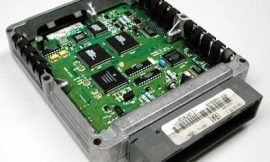


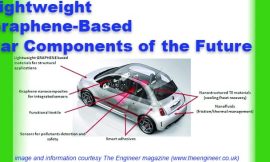
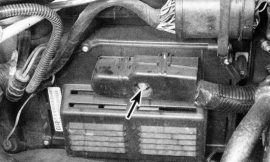
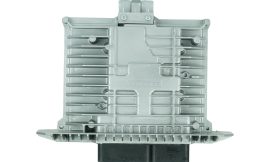


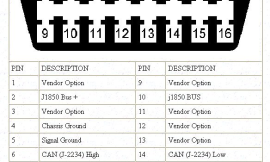
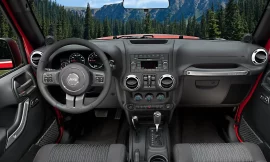

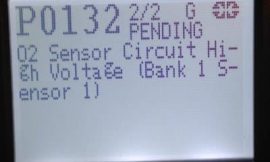
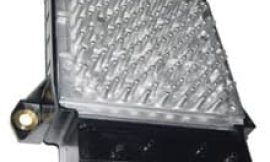
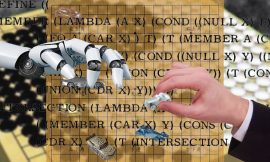
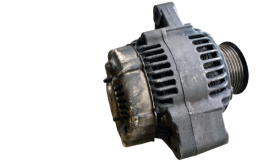
Thanks for sharing the information.
I bought a new/used PCM from you guys…..what is the process for relearning……how much time or mileage do i have to put
on the PCM.
thank you….Flagship 1